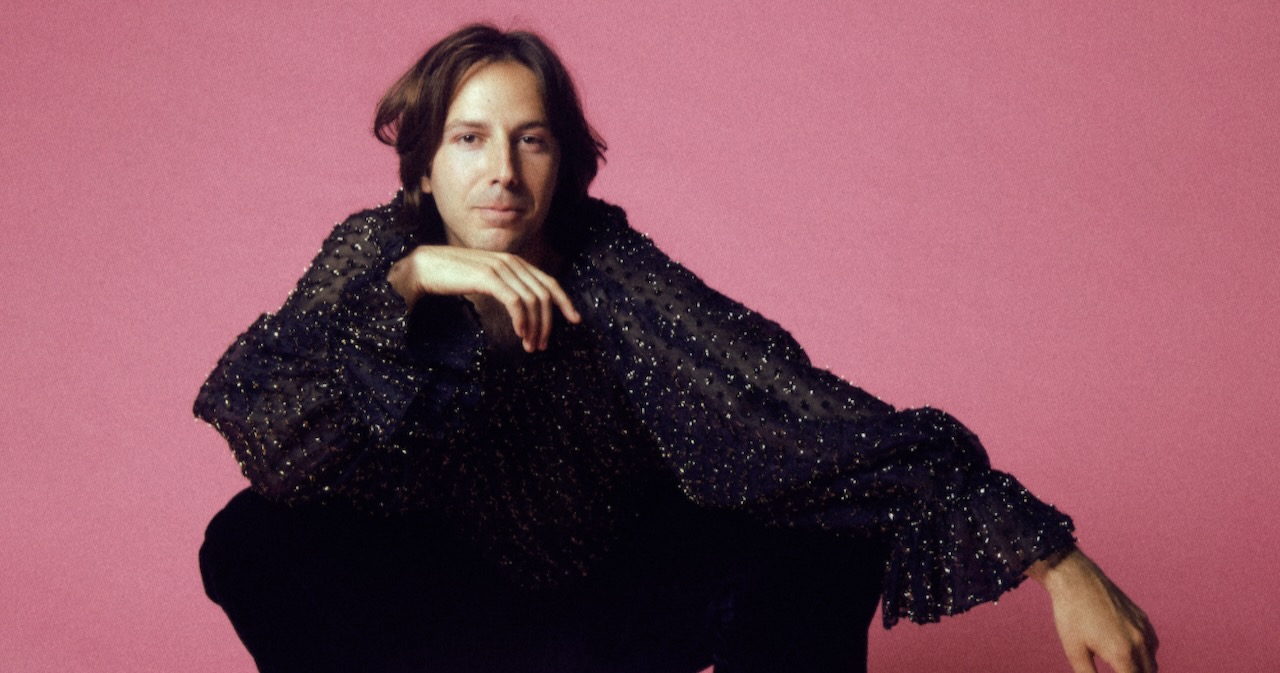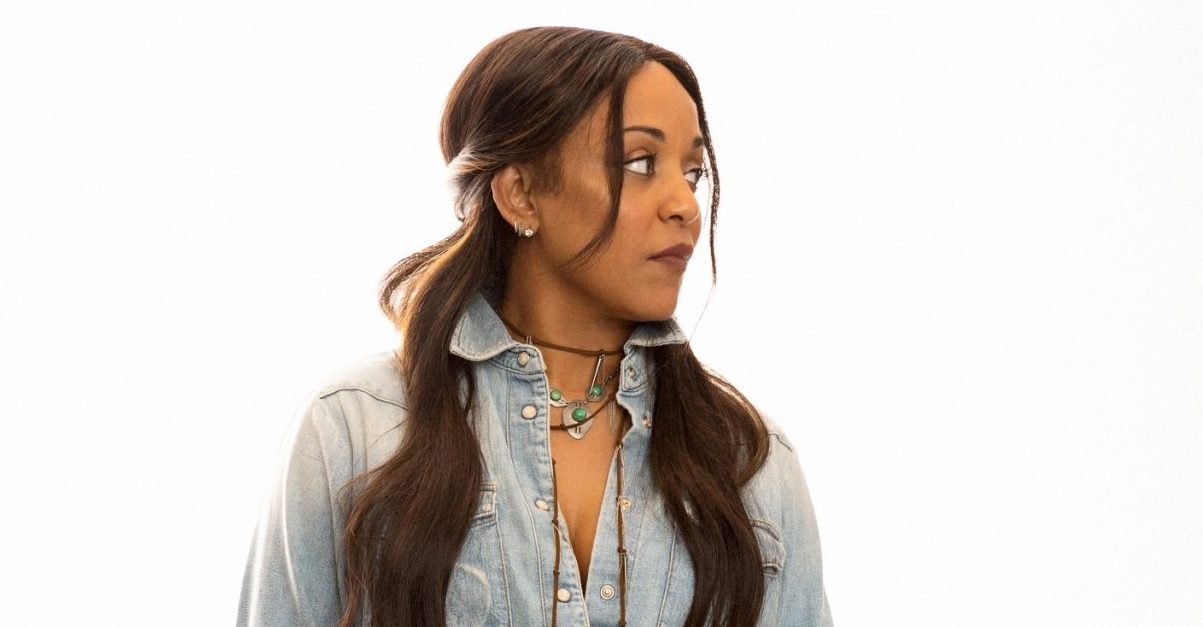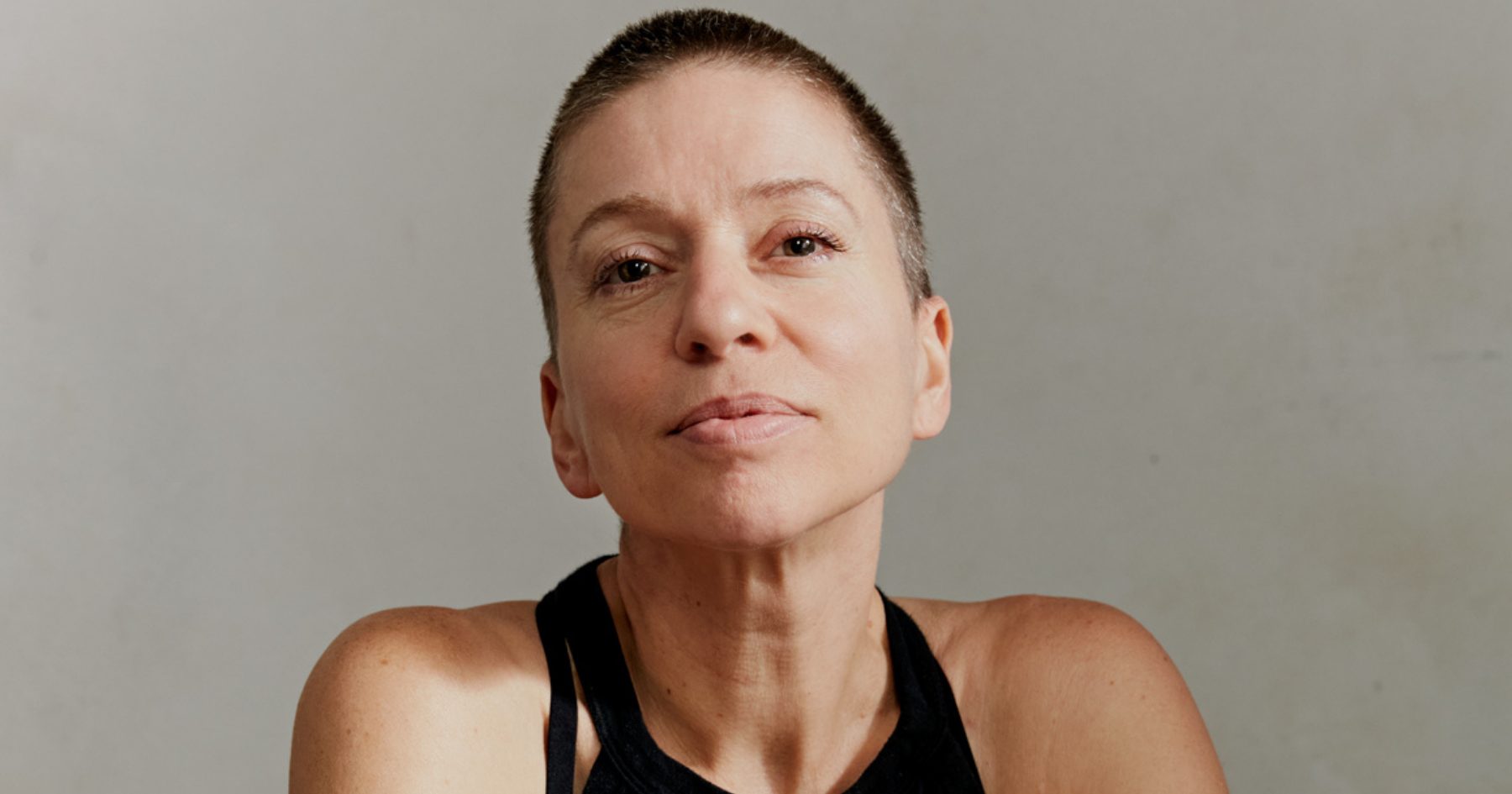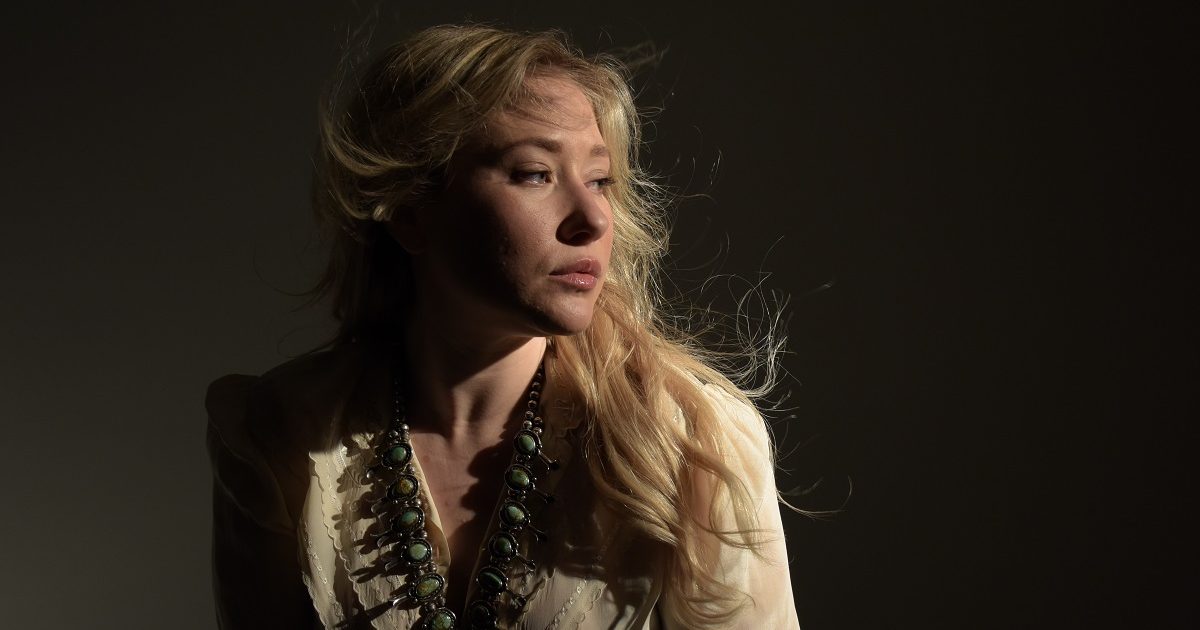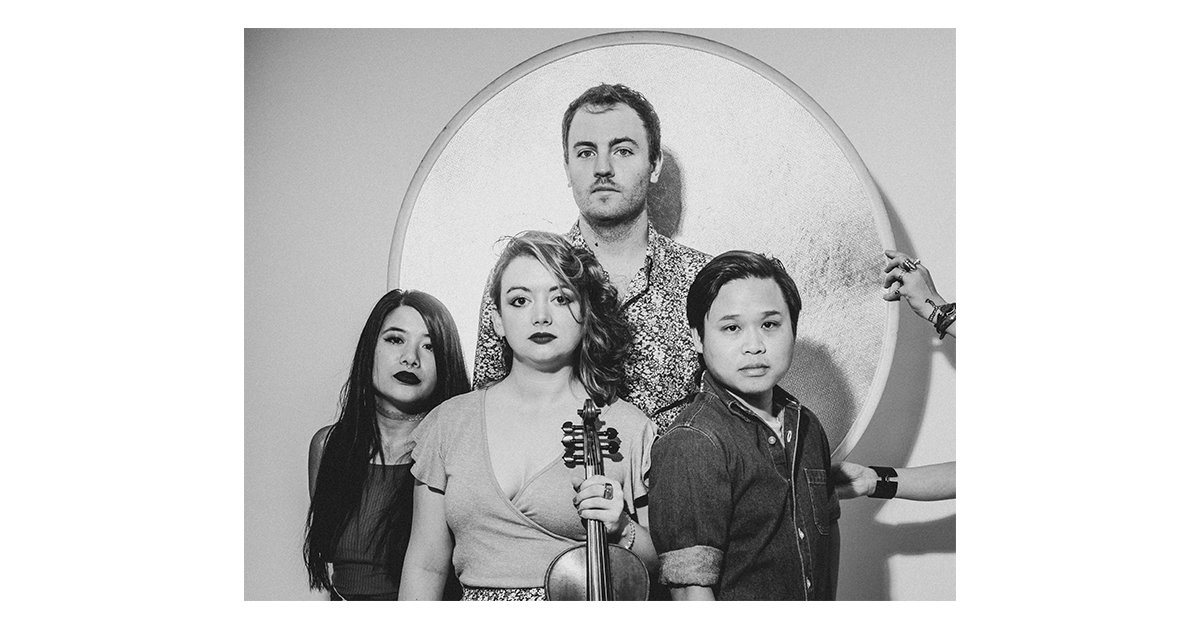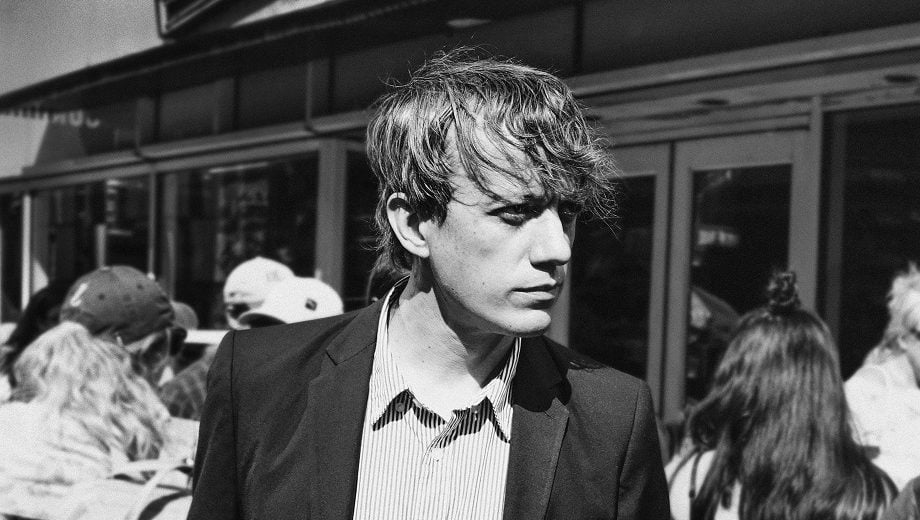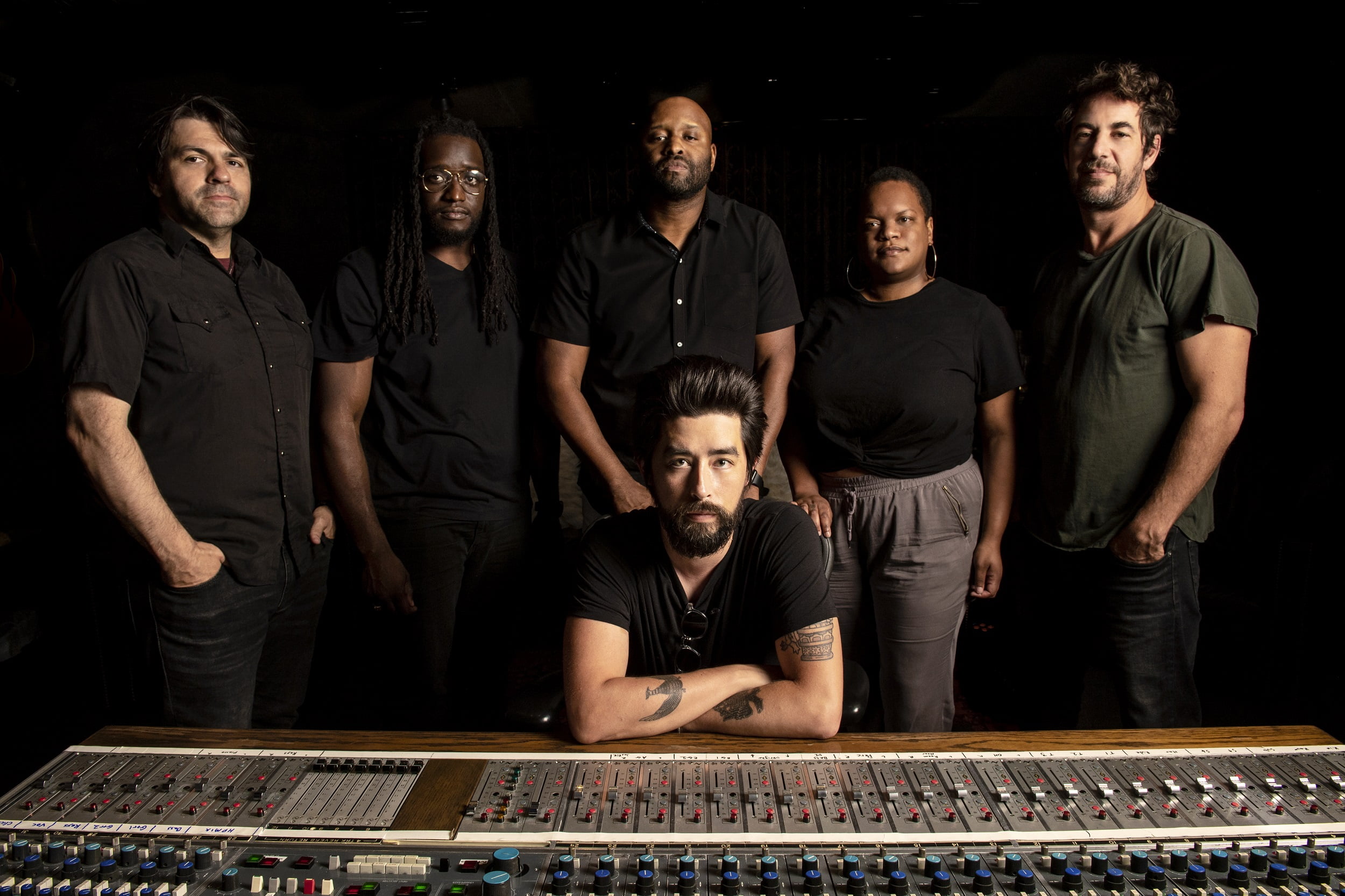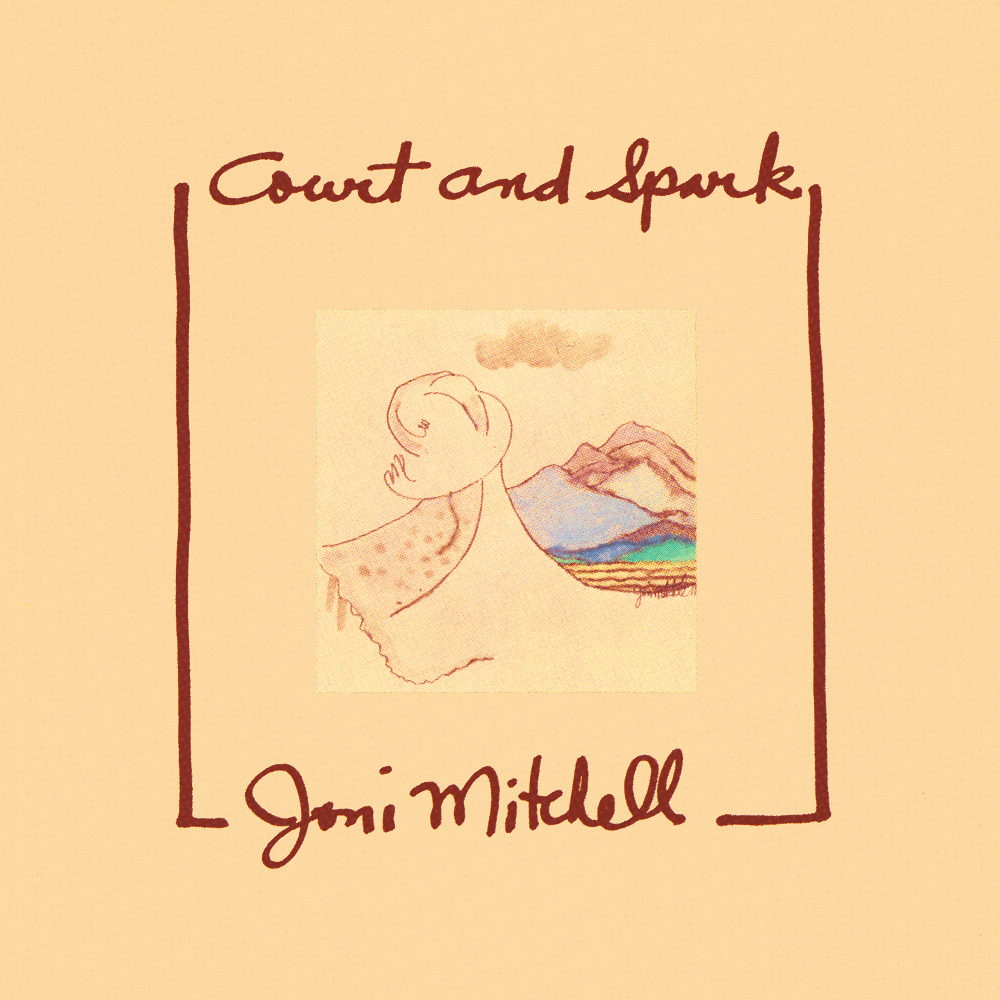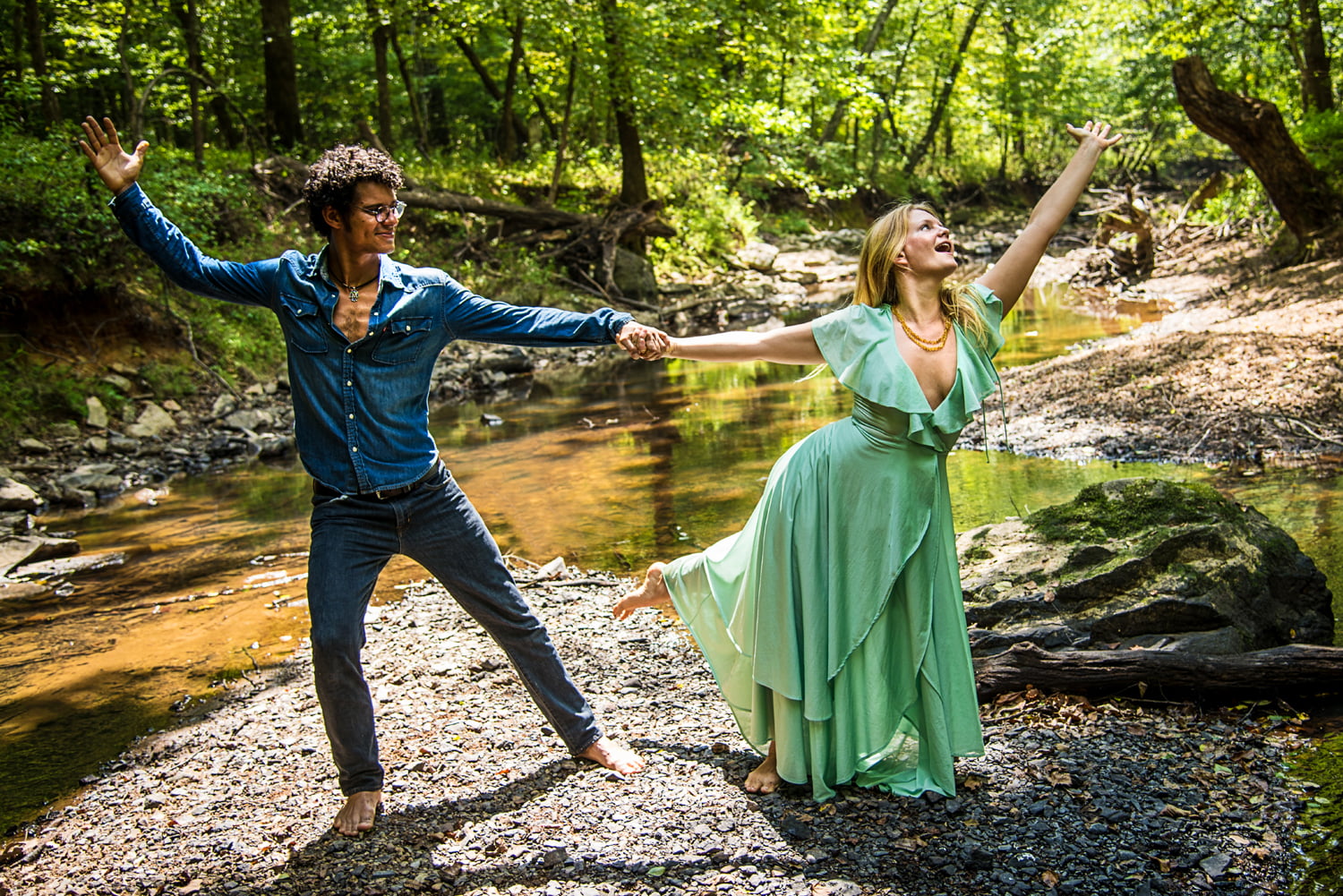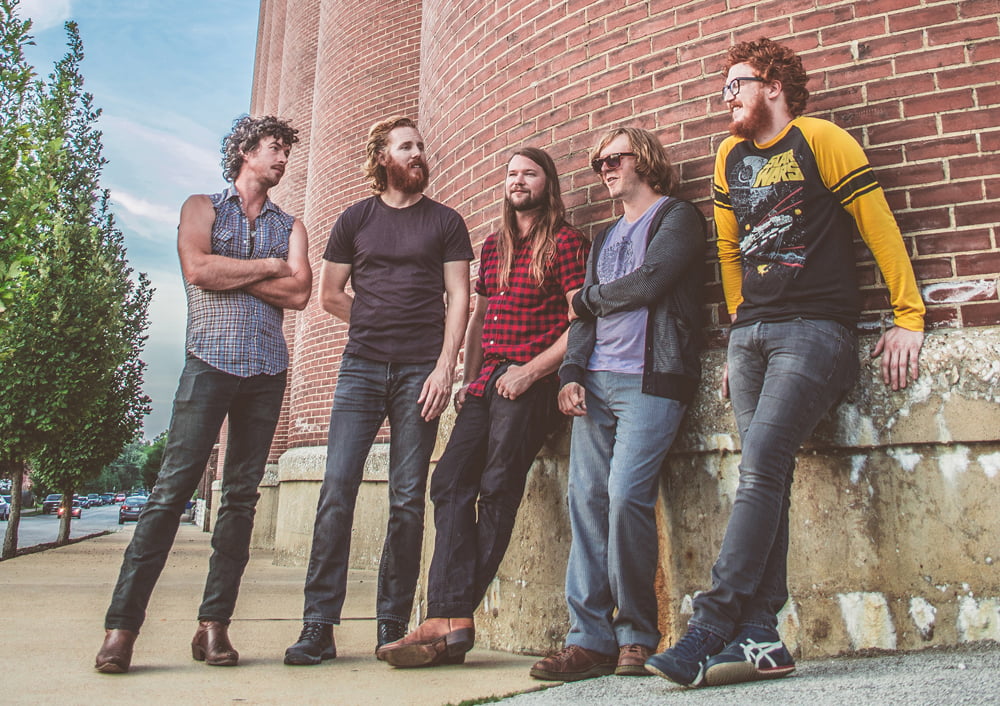Coming early 2025, I will be releasing a live concert film of my new record, Real Life Thing. The film runs like a play of sorts, including different set changes and moods for each song as we run down the entire track list of the album. To me, live performance is the reason for making music. It’s the best way for me to tap into something deep in myself with those that have come out to do the same. It’s also the way that I make my trade as a human; I think live performance already brings an honest and vulnerable energy since it is our livelihood.
Songs evolve each time they’re performed live and each instrument reflects a current mood. It’s an endless mixed bag of potential outcomes. So much of a performance is pulled from all of the energies involved – the crowd, the band, the venue and the ghosts that live there, the time of year, etc. It’s the most exciting part of music to me and that’s why I decided to make my playlist all live performances of some of my favorite songs. – Sam Blasucci
“If I Was Your Girlfriend” Live In Utrecht (2020 Remaster) – Prince
I could have made this entire playlist just live Prince recordings that blow my mind, but that might only be fun for me. I especially love this version because it’s a song he wrote as his alter ego persona Camilla, who sang it on the album (Prince pitched his voice up to sound higher). But in this version, you just get Prince in Europe with his natural voice and it’s one of my favorite recordings of his ever.
“Hey That’s No Way to Say Goodbye” Live in London – Leonard Cohen
I think this is Leonard Cohen’s best album of any, live or in the studio. He was better and better with age. This is the cute version of Leonard as an old man finally, singing this song in the way it feels like it should have always been sung. Of any live performance on this list, this is the one I would have loved to see most in person.
“LA FAMA” Live en el Palau Sant Jordi – Rosalía
Some live versions I think are better than the studio versions and this is one of those cases, although I love the studio versions of all the MOTOMAMI songs. When Rosalía released this on the deluxe version of the album, it gave the song another side and clicked with me even more.
“Hunter” (Live) – Björk
If the purpose of a live performance is to tap in to something, Björk never missed. She’s the hunter.
“Knock On Wood” Live; 2005 Mix; 2016 Remaster – David Bowie
This is my favorite era of David Bowie (Cracked Actor). I especially love his vocal performance in this version. It’s not easy to cover a classic song like this and have it feel tastefully ramped up, but I think he brought it and crushed it.
“Voices Inside (Everything Is Everything)” – Donny Hathaway
Willie Weeks may be my favorite bass player and his solo section toward the end of this is widely known as one of the coolest bass moments, and with good reason. I suppose it shouldn’t be that hard to tap in when Donny Hathaway is leading the band.
“17 Days” Piano & A Microphone 1983 Version – Prince
When you can strip it all down to a single instrument and a voice and come through with so much power and spirit, that must be the true peak of live performance. When there is nothing else in the pot, all the secret parts of the music come out and make magic.
“Hot Burrito #2” Live at Lafayette’s Music Room – Big Star
I always thought Alex Chilton had some similarities with Gram Parsons. They sort of sing in a similar way and they both show so much emotion in their songs. I think that’s why he could make this version hit so hard. Chilton is at the top of my list of guitar players as well, and this song is a reason why.
“Ventura” Live 2003/The Fillmore, San Francisco – Lucinda Williams
This was recorded on my birthday in 2003. Although I was in 3rd grade and not in attendance for the show, I’d like to think I helped with the vibes. This one sounds like November in SF to me. Another amazing thing about live performance is capturing the energy surrounding the show.
“Woman of Heart and Mind” Live at Universal Amphitheatre, Los Angeles, CA, 8/14-17, 1974 – Joni Mitchell
Another version that I prefer to the studio cut. The sound of the night and the live acoustic guitar; Joni’s semi-confrontational and conversational writing style seem to be designed for an in-person type of listening.
“Angel Eyes” Live In Toronto/1975 – Jim Hall
Jim Hall is another one of my favorite guitar players. I learned about this song years ago on tour in Colorado and it has ever since remained one of my favorites.
“Stay a Little Longer” Live at Harrah’s Casino, Lake Tahoe, NV April 1978 – Willie Nelson
This feels like a good burning ender to this playlist, although it is the very opening of the concert it was taken from. Willie’s recipe is 3x the speed of the original, a couple out of control solos, and likely some exotic mood modifiers.
Photo Credit: Jo Anna Edmison
